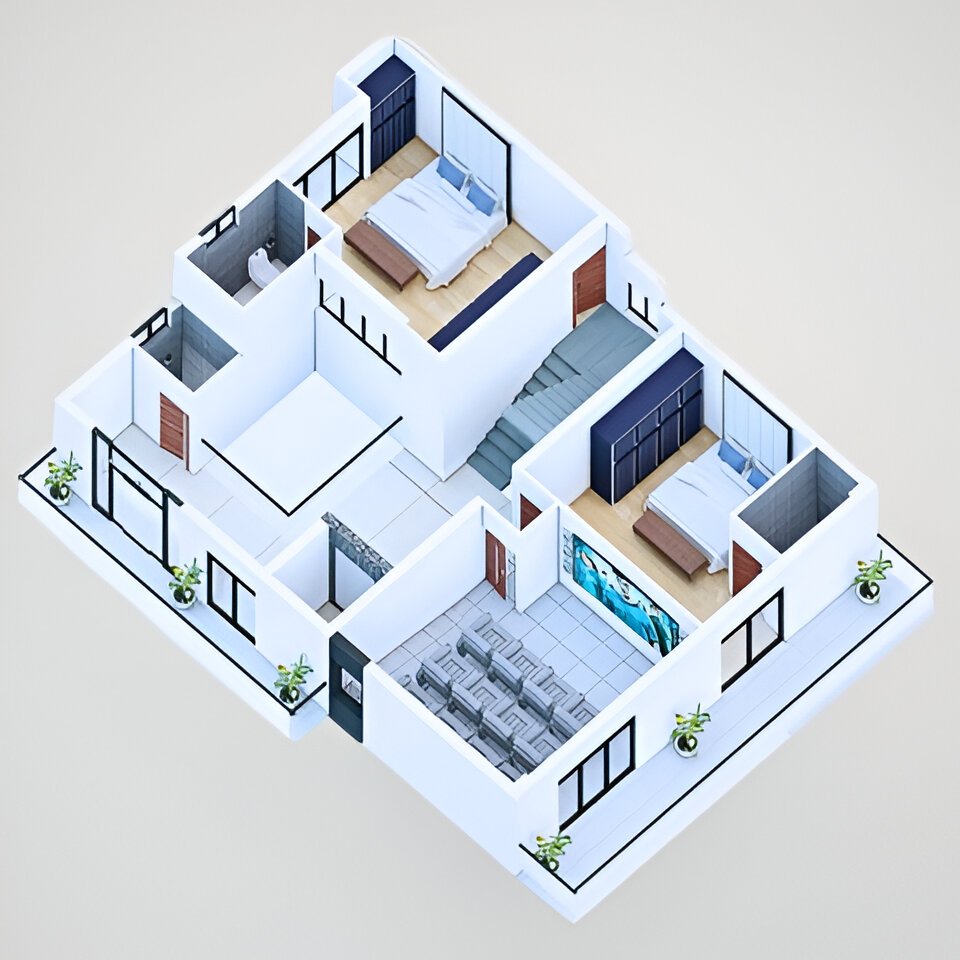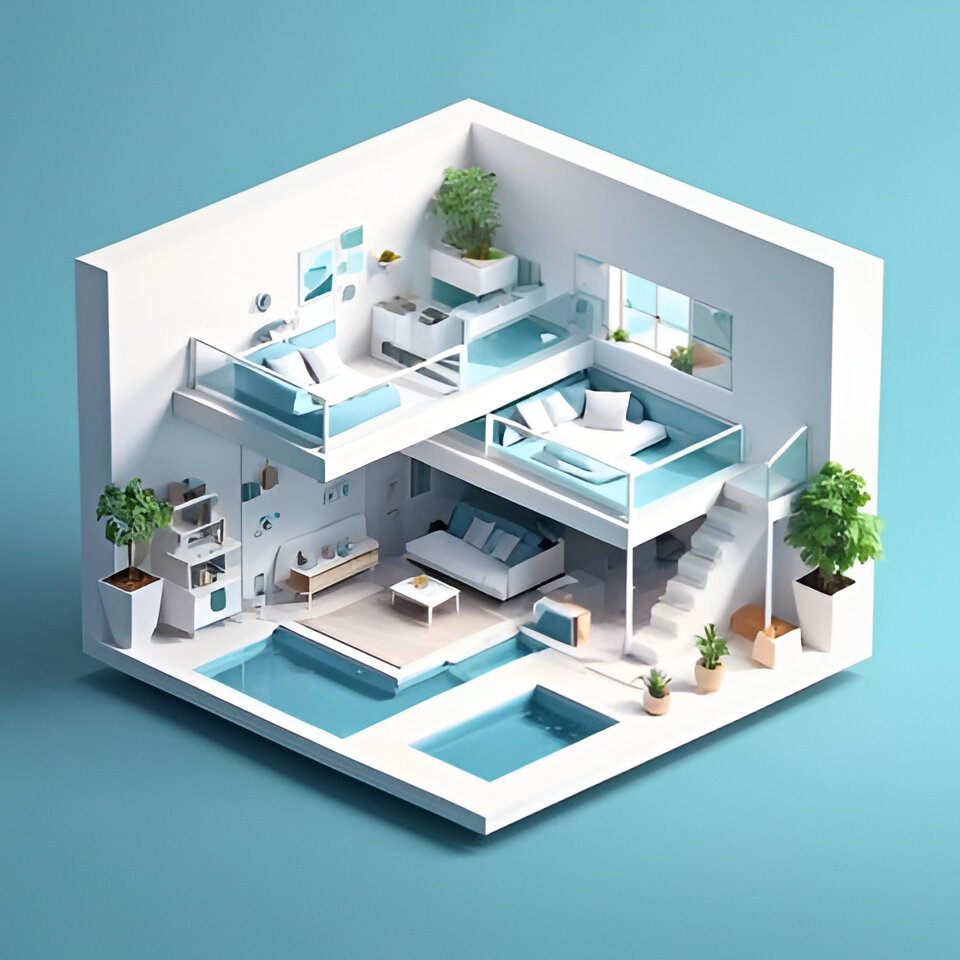Space Planning: The Art of Efficient Living
Understanding the Importance of Space Planning
Space planning is the process of designing and organizing a space to optimize its functionality, aesthetics, and comfort. It involves considering factors such as layout, furniture placement, storage solutions, and ergonomic principles. Effective space planning can transform your home into a more efficient, comfortable, and visually appealing environment.
The Role of Ergonomics in Space Planning
Ergonomics is the study of human-machine interaction and how to design spaces and products to fit the human body and maximize comfort and efficiency. When incorporating ergonomics into space planning, you can create a home that is not only functional but also promotes physical and mental well-being.
Key Elements of Effective Space Planning

● Layout: The layout of your home plays a crucial role in its overall functionality and flow. Consider factors such as traffic patterns, natural light, and the relationship between different spaces.
● Furniture Placement: Careful furniture placement can maximize space utilization and create a visually appealing arrangement. Consider the size and shape of your furniture, as well as the scale of the room.
● Storage Solutions: Efficient storage solutions can help to declutter your home and keep it organized. Explore options such as built-in storage, shelving, and cabinets.
● Color and Lighting: The use of color and lighting can significantly impact the perceived size and atmosphere of a space. Consider using light colors to create a sense of openness and natural light to enhance the mood.
Ergonomics and Home Design
● Seating: Ensure that your furniture provides adequate support for your back, neck, and arms. Consider using ergonomic chairs and sofas.
● Workspaces: Design your workspace to promote good posture and reduce strain on your body. Use a height-adjustable desk and ergonomic keyboard and mouse.
● Kitchen Design: Consider ergonomic principles when designing your kitchen, such as placing frequently used items within easy reach.
● Bedroom Design: Create a relaxing and restful bedroom environment by considering factors such as bed placement, lighting, and color scheme. Space Planning Tips for Small Homes
● Maximize Vertical Space: Utilize shelves, cabinets, and storage units to make the most of your vertical space.
● Multifunctional Furniture: Consider using multifunctional furniture, such as a sofa bed or a coffee table with built-in storage.
● Declutter Regularly: Regular decluttering can help to create a sense of spaciousness and organization.
● Use Mirrors: Mirrors can visually expand a small space by reflecting light and creating a sense of depth.
Tips for Large Homes
● Create Zones: Divide your large home into distinct zones to create a sense of order and organization.
● Balance Functionality and Aesthetics: Ensure that your space planning strikes a balance between functionality and aesthetics.
● Consider Traffic Flow: Plan your layout to minimize traffic congestion and create a smooth flow throughout your home.
● Incorporate Natural Light: Maximize natural light by using large windows and skylights.
Professional Space Planning Services
If you’re struggling with space planning on your own, consider consulting with a professional interior designer or space planner. They can provide expert guidance and help you create a home that perfectly suits your needs and lifestyle.
Conclusion
Effective space planning is essential for creating a functional, comfortable, and visually appealing home. By considering ergonomic principles and following these tips, you can transform your living space into a place where you can truly relax and thrive.
